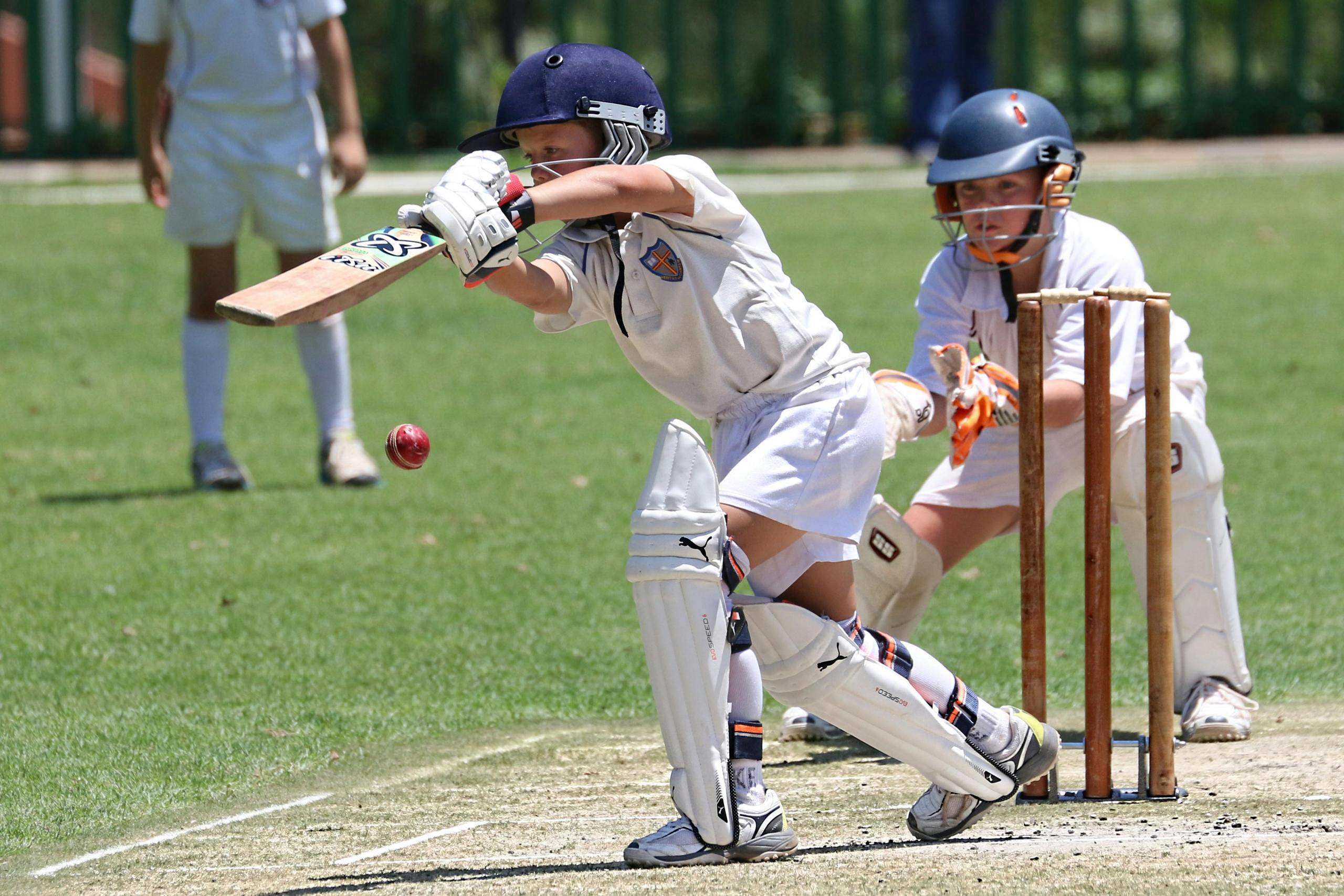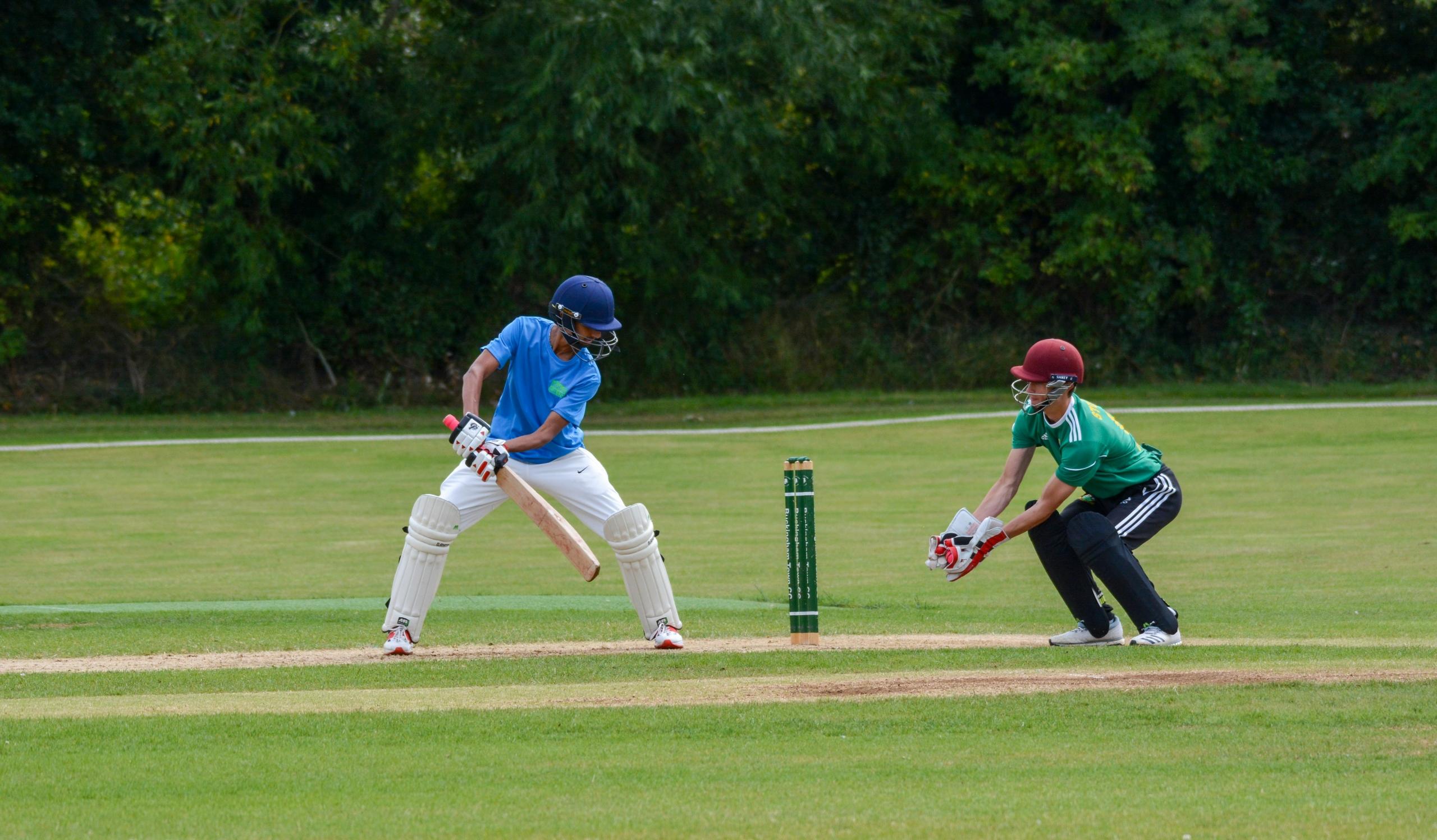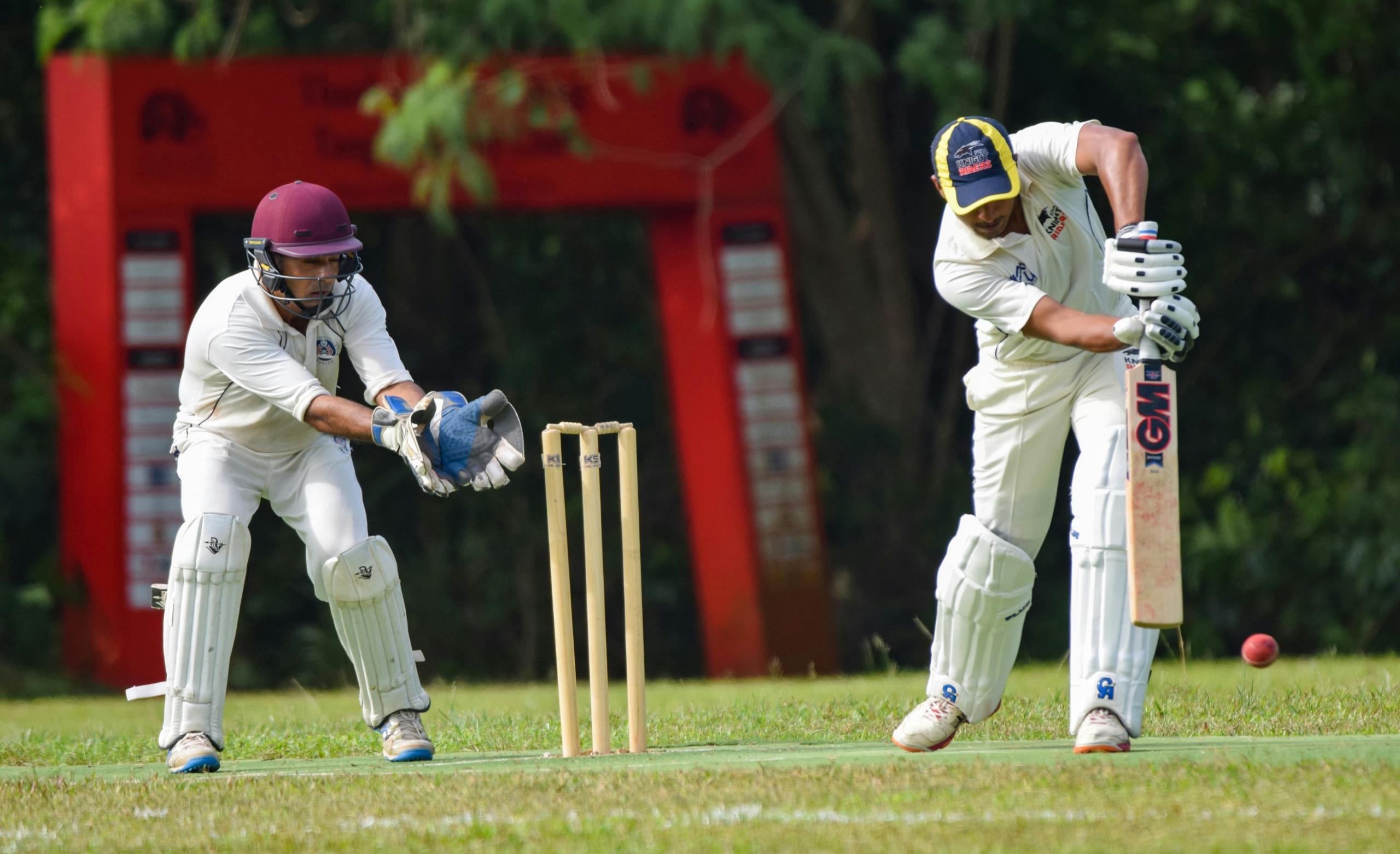If you want to know how to be a good cricket player, a good place to start is learning the rules of the game.
Cricket is a game that teaches you the value of patience, perseverance, and resilience. Ajinkya Rahane
But before we delve into cricket's rules and regulations, let's look at some of the game's unique terminology.

Cricket Terminology
Certain cricketing terms, like bowling a maiden over, googly and silly point, may make you raise your eyebrows, but they all hold significance in the game. Here's what they mean:
- Leg side is the half of the field behind the batsman as he faces the bowler. It's also known as "on side".
- Off side is the half of the pitch in front of the batsman as he faces the bowler.
- Silly point is a fielding position which is close-in to the batsman on the off side. Its name comes from the perceived danger faced by the fielder in this position.
- Fine leg is a fielding position where the fielder is placed behind the batsman on the leg side, generally near the boundary line.
- Short leg is a close-in position fielding position on the leg side.
A googly is a type of bowling delivery by a leg-spinner that is aims to confuse the batsman because it spins in the opposite direction to the bowler's usual deliveries.
- The doosra is bowled by an off-spinner, and, like the googly, it spins in the opposite direction to the bowler's usual deliveries.
- A full toss is a ball that reaches the batsman without bouncing.
- A maiden over is an over in which no runs are scored.
- A duck is when a batsman is dismissed and scored no runs.
- A century is a score of 100 runs by a batsman. 200 runs is called a double century.
Basic Cricket Rules
In cricket, as in life, you need to have a vision, set goals, and work tirelessly to achieve them. Rishabh Pant
Below we summarise the basics of the game and the rules that determine how cricket is played.
- Matches are played between two teams on an oval-shaped grass field.
- Each team is made up of eleven players, some of whom are specialist bowlers, batsmen or all-rounders —who are known for both their batting and bowling skills.
- The cricket pitch is found in the centre of the playing field and is a 20.12 metre-long strip of hardened turf.
- Wickets are found at each end of the pitch, and are made up of three stakes called "stumps" which have two small pieces of wood, called bails, balanced on top.
Cricket Scores
How does cricket scoring work?

Scores are always expressed as a number of runs gained for the number of wickets lost.
Runs can be scored in a few different ways: runs between the wickets, boundaries, extras, and penalties.
Runs
- Individual runs are scored by a pair of batsmen at each of the wickets running to opposite ends of the pitch after the ball is hit.
- In addition, batsmen can score four or six runs with one ball, when they hit boundaries. Boundaries are hits that cause the ball to leave the playing field. A four is scored if the ball bounces before reaching the boundary line, and a six is scored if the ball crosses the boundary in the air.
Extras
- Extras are runs that are added to the batting team's score without the batsman necessarily having to hit the ball. The are four main types of extras: no balls, byes, wides and leg byes.
- A wide is a bowling delivery that the umpire considers to far from the batsman for him to make a reasonable shot. A wide gives the batting team one run.
- A no ball is when the bowler makes an illegal delivery, such as overstepping his mark, or if the fielders are placed in illegal positions. One or two runs are awarded for a no ball, depending on the competition.
- Batsmen can still attempt runs even if they do not hit the ball. If they successfully complete such runs and in cases when a ball reaches the boundary line without being hit, the batting team will score the associated runs. These are known as byes. Byes are added to the team's total score, but are not allocated to an individual batsman.
- Leg byes are runs earned when the batsman attempts to hit the ball, but it strikes his body instead of his bat.
Penalties
- In cases where a team infringes on the rules of the game, penalty runs are awarded. Examples of when penalty runs can be given are where the fielding side tampers with the ball or if a bowling side completes their overs too slowly. Penalties are usually awarded as five runs at a time.
How Does a Batsman Go Out?
If a ball is missed by the batsman and hits the wicket, he is out. A batsman also goes out if he hits the ball and it is caught by a fielder.
If a ball is fielded and the fielder throws it at one of the wickets, and the ball hits the wicket before the running batsman crosses the crease line near the wicket the batsman is considered "run out".
Then there's also the leg before wicket or LBW rule, which we explain below.
Complex Cricket Rules

Leg Before Wicket
When the umpire thinks a ball is going to hit the wicket and is only stopped by doing so by the batsman's legs, this results in an LBW dismissal of the batsman.
The umpire has to take several factors into account to determine whether or not to call an LBW.
Duckworth Lewis
The method was developed by British statisticians, Frank Duckworth and Tony Lewis following the 1992 World Cup semi-final between South Africa and England. Rain stopped the match for 12 minutes, with SA needing to score 22 runs from 13 balls to win before play was suspended. The Most Productive Overs method was used at the time, and when play resumed, South Africa was required to score 21 runs from only 1 ball!
An impossible target when the maximum score from 1 ball is generally 6 runs.
We're sure you can agree that a better solution was needed!
So, What is the Duckworth-Lewis Method?
The Duckworth-Lewis-Stern method is a mathematical formula used to calculate the new target score that the team batting second needs to reach to win a limited overs game that is interrupted by bad weather.
For the calculation, wickets in hand and number of overs to be bowled are regarded as "run-scoring resources", and Duckworth-Lewis aims to set a statistically fair target by compensating teams for a loss of these resources caused by suspension of play.
The new target score is reached by considering the runs that would have been scored if the same resources had been available to both teams.
In simple terms:
- If rain affects the second team's innings, the run target set by the first team is reduced.
- If rain affects the first team's innings, the number of overs to be bowled will be reduced and the run target for the second team will also be adjusted.
A simplified version of the calculation is shown below:
Team 2's par score = Team 1's score x (Team 2's resources/Team 1's resources)
The Duckworth-Lewis method was first used in international cricket during a match between Zimbabwe and England in January 1997. In 1999, the International Cricket Council (ICC) officially adopted the Stern Edition of the Duckworth-Lewis methodology for use in all limited-overs cricket matches that are interrupted by bad weather.
If you're intrigued by the game of cricket, why not read our other article for the answer to the question, "Where did cricket originate?"















